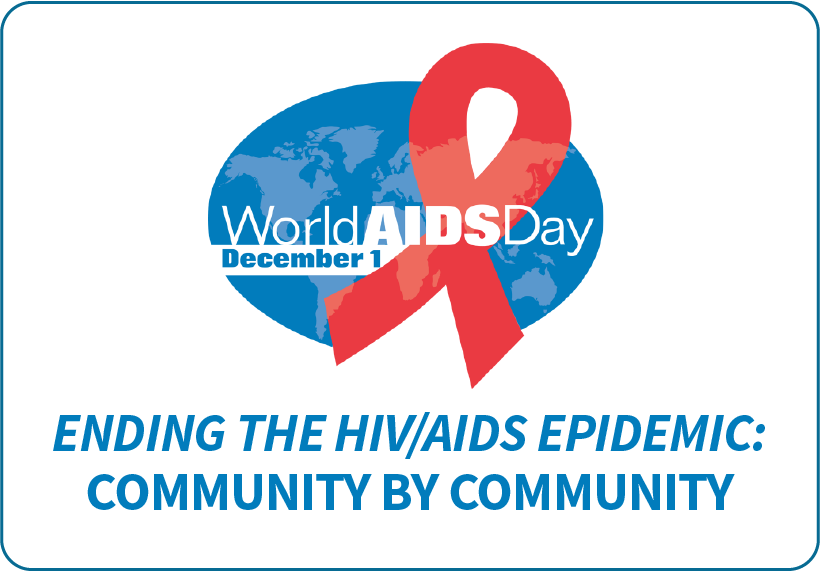The unique power of nurse advocacy was on full display this year, with grassroots support from activists like you helping to pass key bills in Congress and build momentum on a number of nursing priorities as we head into the new year.
After making legislation to help end nurse abuse the focus of our ANA Hill Day in June, a bipartisan majority in the House passed the bill last month, with support increasing in the Senate.
We saw similar momentum on Title VIII nursing education and workforce development reauthorization, which passed the House unanimously earlier this fall. We’ll continue working to press Senators on how important it is for them follow suit in 2020.
We’ll also continue to tell Congress the story of the U.S. Cadet Nurse Corps, and why recognizing them should be a top priority. If you haven’t yet, please take a minute to read more about this remarkable group of nurses and their service to our country in its time of need.
And to finish out the year strong, your members of Congress are poised to pass a budget with numerous key funding increases that include boosts to Title VIII nursing education and workforce development programs, the National Institute of Nursing Research, HIV/AIDS research programs, and funding for the Centers for Disease Control and Prevention to research gun violence prevention – all longstanding ANA priorities. In addition to the increased funding levels, ANA was able to secure language in the bill that requires CMS provide information relating to its criteria for evaluating appropriate nurse staffing.
Looking ahead, we hope you’ve had a chance to visit our new #NursesVote website and action center, which are regularly updated as the campaigns move toward Election Day 2020. If there’s one thing we know for certain, it’s when nurses vote, policy changes for the better.
Thank you, again, for everything that you’ve done this year.

